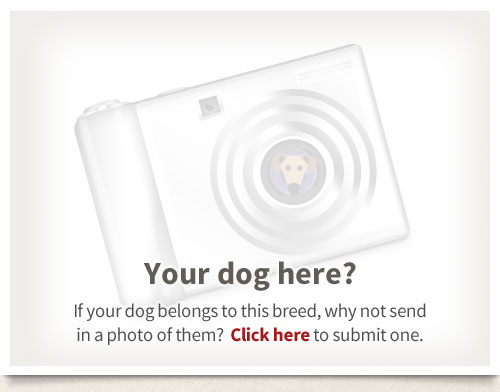Origin
As the name would suggest the Bavarian Mountain Hound (also known as the Bayrischer Gebirgsschweisshund) originated in the state of Bavaria in southern Germany. It is a relatively new breed created in the 1870s by Baron Karg-Bebenburg of Barvaria by crossing the larger Hanovarian Bloodhound and the smaller Tyrolean Scenthound. The purpose was to develop a medium-sized dog, sure-footed enough to work mountainous terrain and with the ability to unerringly follow either a hot or a cold blood trail. Conscientious hunters are bound by a code of ethics (and in some countries have a legal obligation) to find all shot game be it dead or wounded. In the case of wounded game which may leave only a few drops of blood to mark its flight the specialized skills of the Bavarian Mountain Hound are invaluable in ensuring that the quarry is found and not left to a lingering and painful death. The hound is small enough to track through heavy cover and more able than its heavier progenitor to handle the altitude of the Bavarian mountains but still sufficiently large and courageous enough to hold at bay wounded game such as stag and boar. The breed is very popular with professional game wardens, trackers and licenced hunters in Europe but is still a rarity as a show dog and household pet.
Character
Although little known as pets (even in Germany they tend to be sold only to those who will use them as working dogs) Bavarians can make good family companions for those who can adapt their routines to provide the necessary exercise and mental stimulation required by a hunting hound. The BMH is a calm, level-headed fellow who can be a good, quiet housedog. His traditional role of working with, and under the direction of, a single handler may mean that he will tend to reserve his greatest loyalty to just one person in the family but he will show great affection to all of his people. Although he is a blood tracking specialist he is still likely to follow any interesting scent so it is important that gardens should be securely fenced to prevent him getting out and perhaps lost, injured or killed whilst on a trail. He is agile and resourceful so fences need to be inspected regularly for weak spots. His deep attachment to his master and family means that he should be regarded and treated as a valued member of the household and not relegated to the lonely life of a kennel in the backyard. He is generally reliable with well-behaved children if he has been brought up with them. It is his nature to be somewhat reserved with strangers but he should be neither shy nor aggressive. His independent and free-spirited nature needs the understanding of a knowledgeable and patient owner who will accommodate and commit to his requirements and inherent traits. This breed is not recommended for the novice owner.
Exercise
The Bavarian needs a considerable amount of exercise. It is unadvisable to allow him to roam off-lead as he is an ardent tracker and his nose may lead him into trouble or danger, but if a securely fenced area can be found for him to run and explore this will keep him mentally alert and satisfied as well as meeting his physical needs. Otherwise he should be given long daily walks on lead to keep him fit and to provide interesting sights and scents for his mental well-being. Tracking is the obvious canine sport for this breed. It will provide him with exercise and allow him to do what he has been bred for decades to do - follow his nose.
Training
An intelligent and happy to learn dog the Bavarian is responsive to commands from a respected and loved handler. Basic obedience training should be commenced from an early age and should be based on positive reinforcement using rewards of treats and praise. Such methods will inspire him to do his best to please at all times. Harsh methods will result in a dog that is motivated by fear of his owner’s displeasure and the mutual joy of working with a willing partner will be lost. Patience, kindness and consistency are the keys to bringing out the best in him - and the best can be very good indeed. The process of socializing him to all the various situations, people, sights, sounds, and animals he may come in contact with during the course of his life should be started in early puppy-hood and should be on-going. The adequately socialized Bavarian Mountain Hound will be enabled to take his place in the home and in society as a well-mannered, biddable, self-assured dog who is a credit to his breed.
Health
- No known hereditary disorders other than possibly hip dysplasia
Pictures
Some photographs of the Bavarian Mountain Hound...







